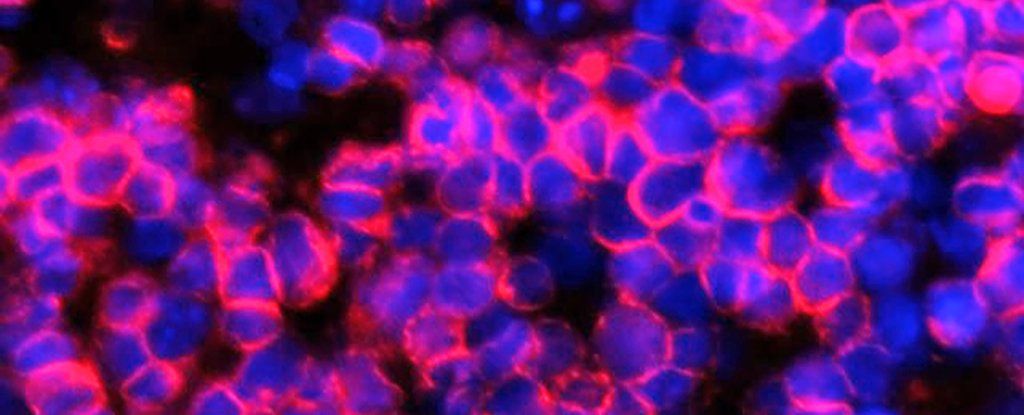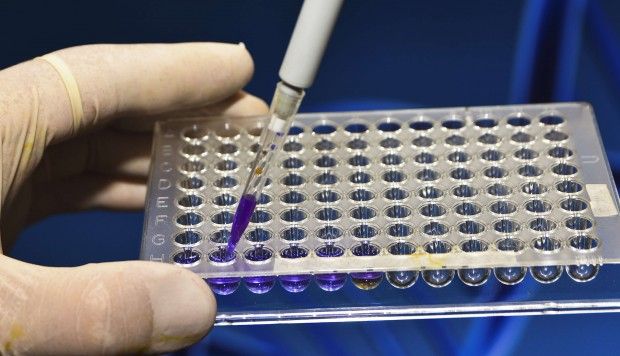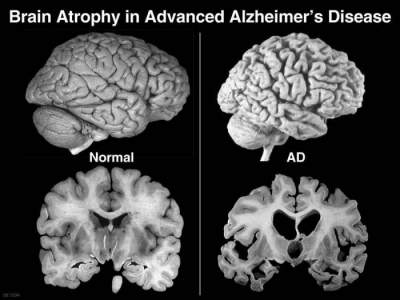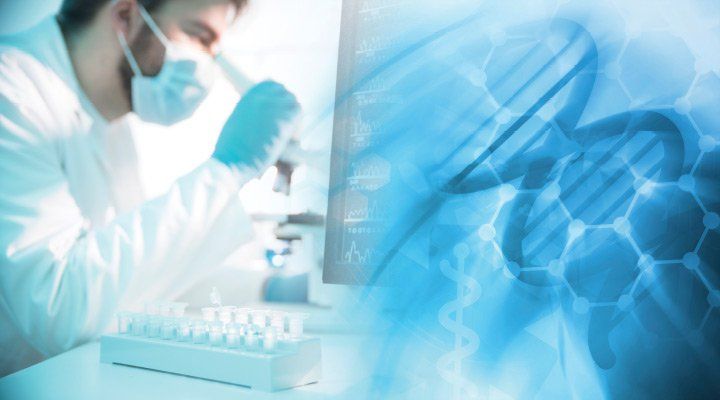Apr 8, 2017
Scientists Have Created an Artificial Organ That Can Pump Out Cancer-Fighting T-Cells
Posted by Shane Hinshaw in category: biotech/medical
Scientists have developed an artificial thymus, an organ crucial to the human immune system, that could produce special cancer-fighting T-cells in the body on demand.
T-cells are white blood cells that naturally combat disease as part of our immune system, but these artificially engineered versions would be targeted at specific forms of cancer, potentially giving our natural defences a boost in attacking the disease.
In the human body, the thymus sits in front of the heart and uses blood stem cells to make T-cells, which then go onto fight infection in the body. But as people get older or become sick, the thymus becomes less efficient.


















